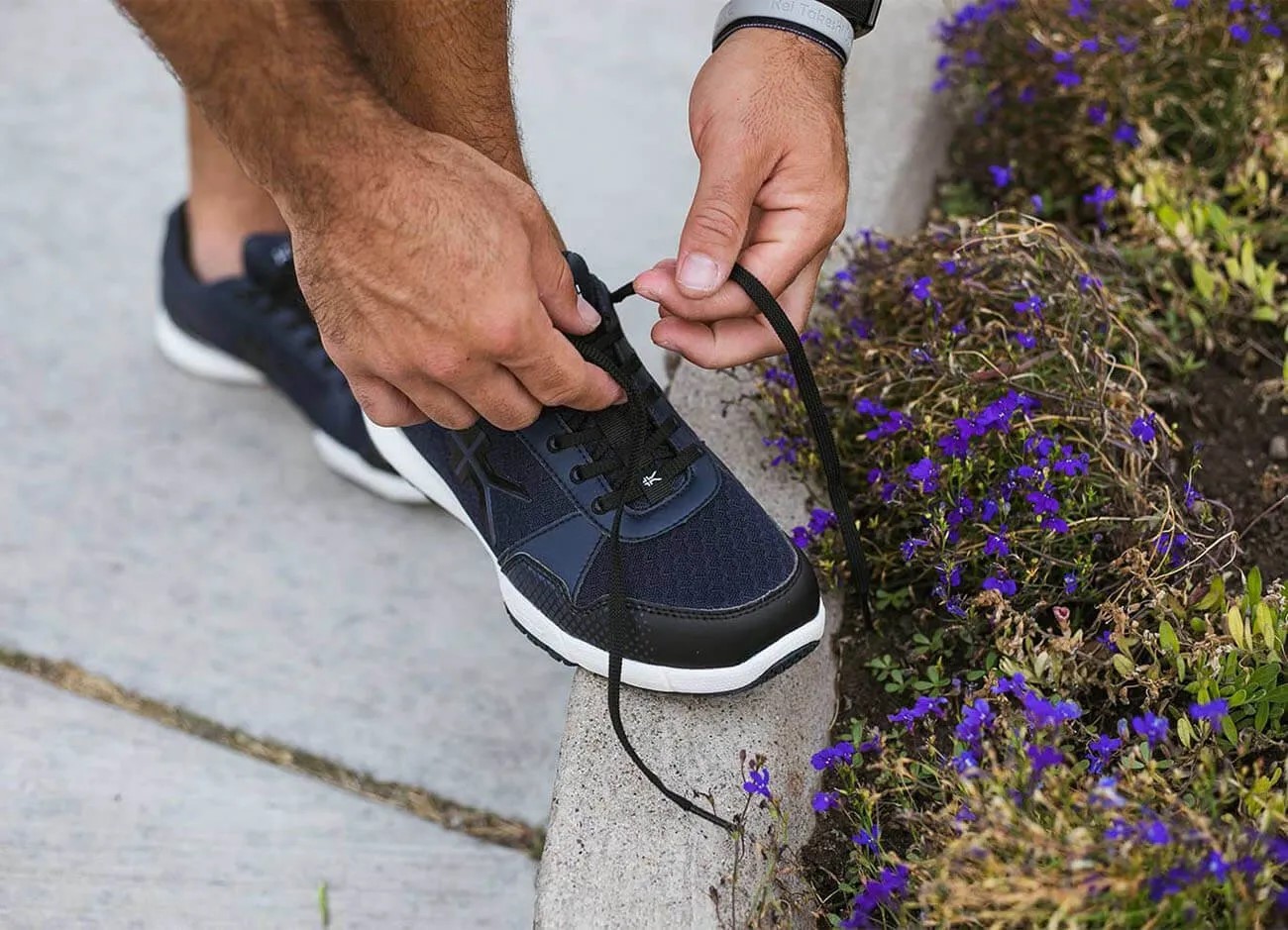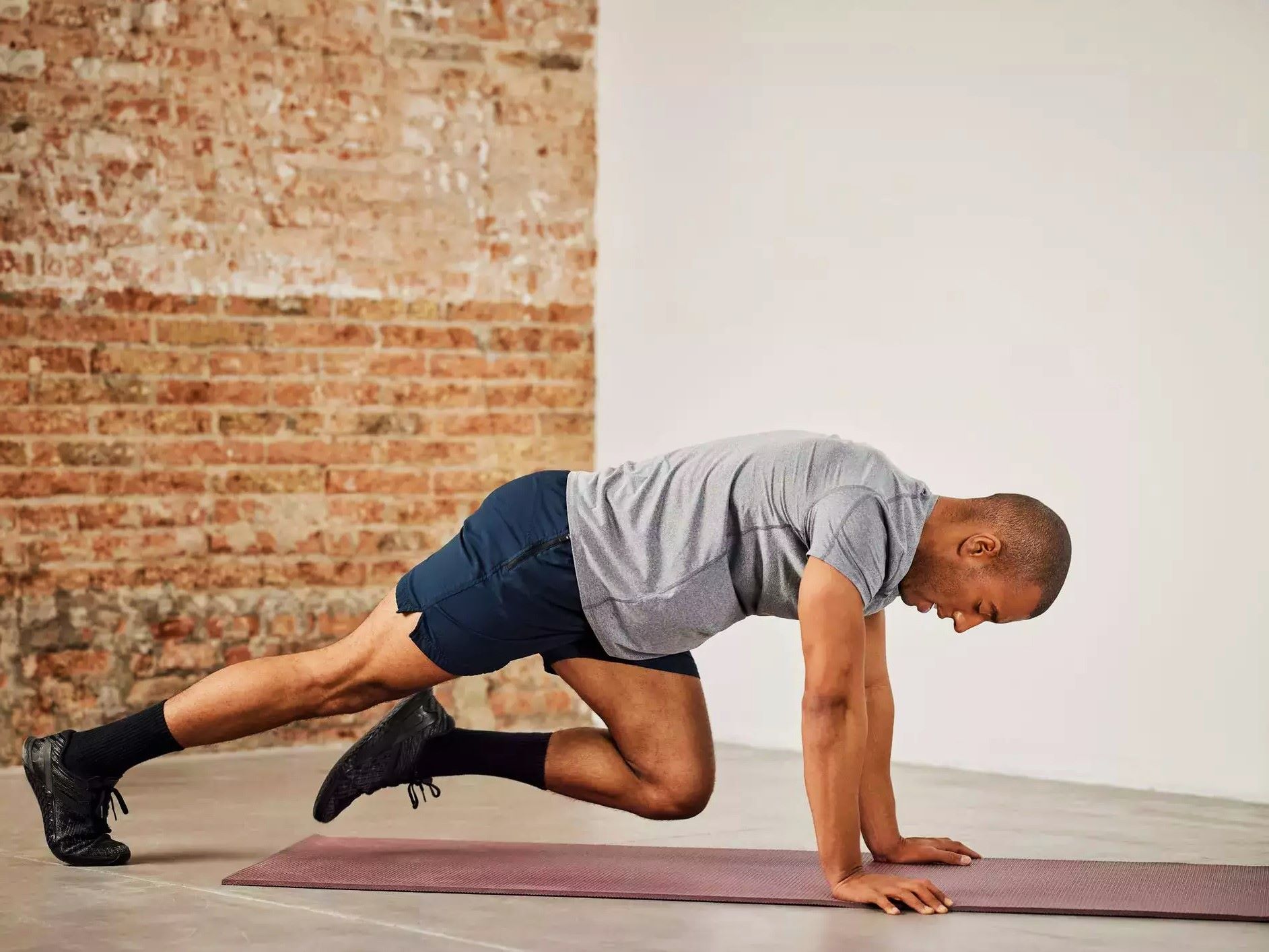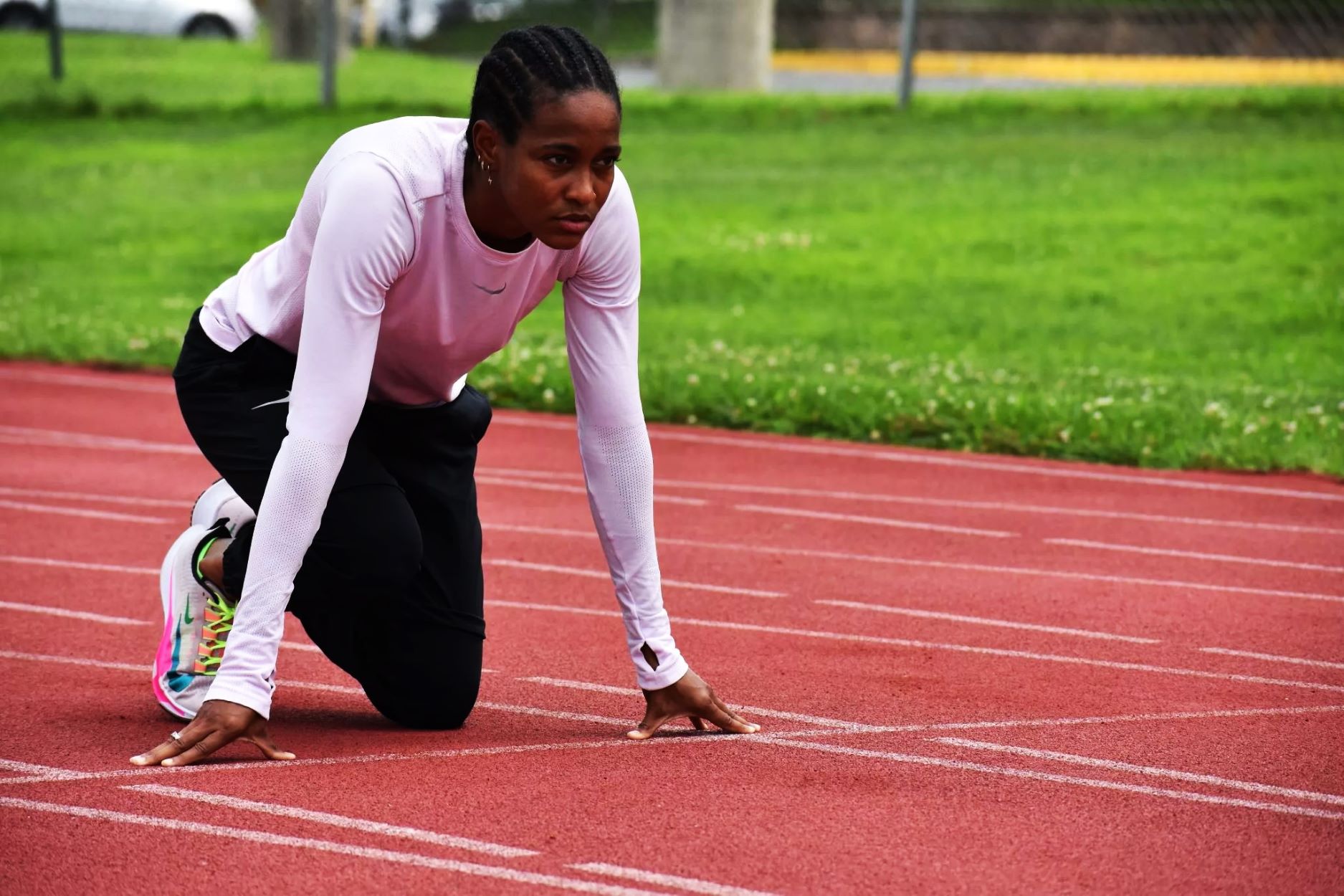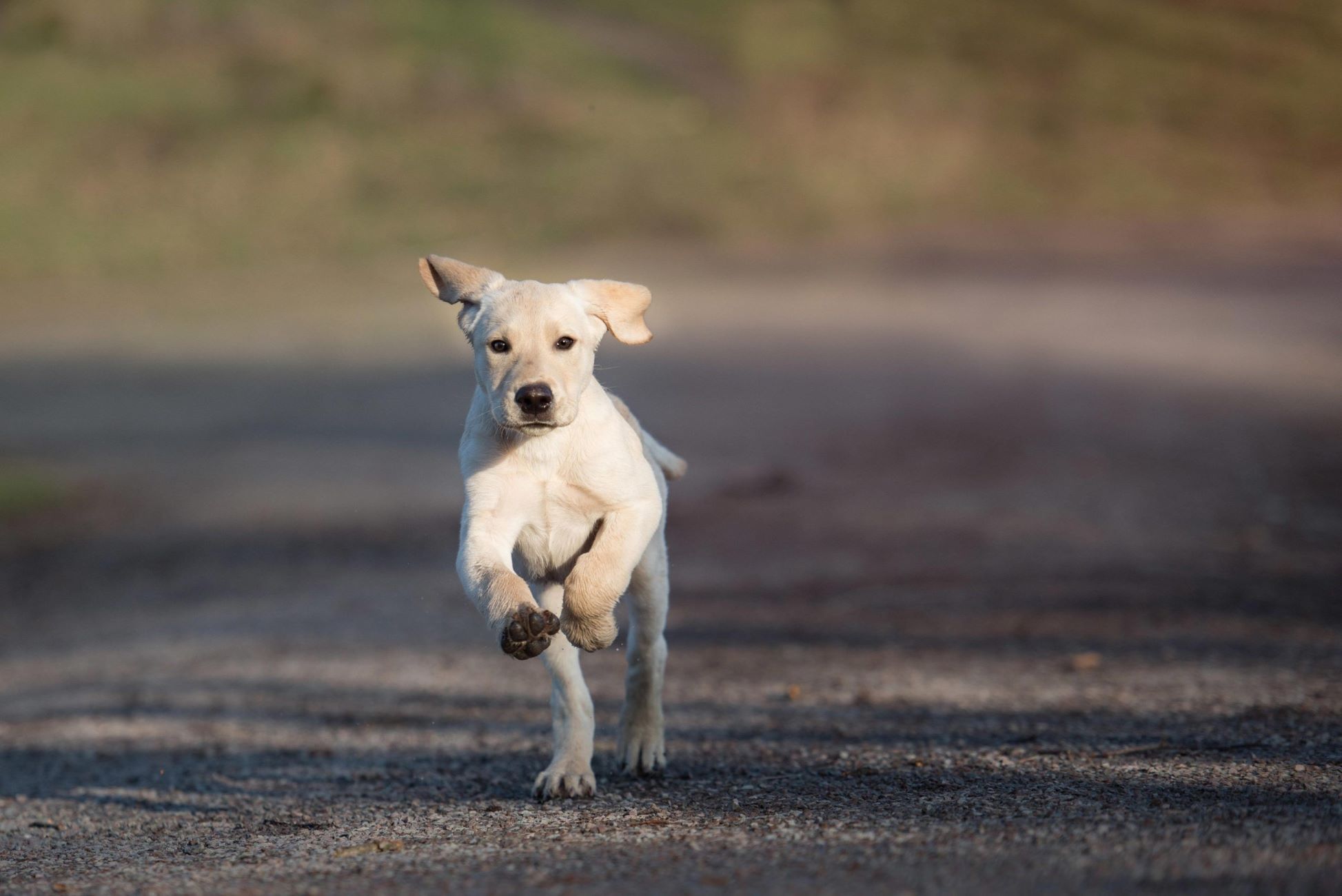Home>Training & Techniques>Proper Techniques For Running With A Dog Leash
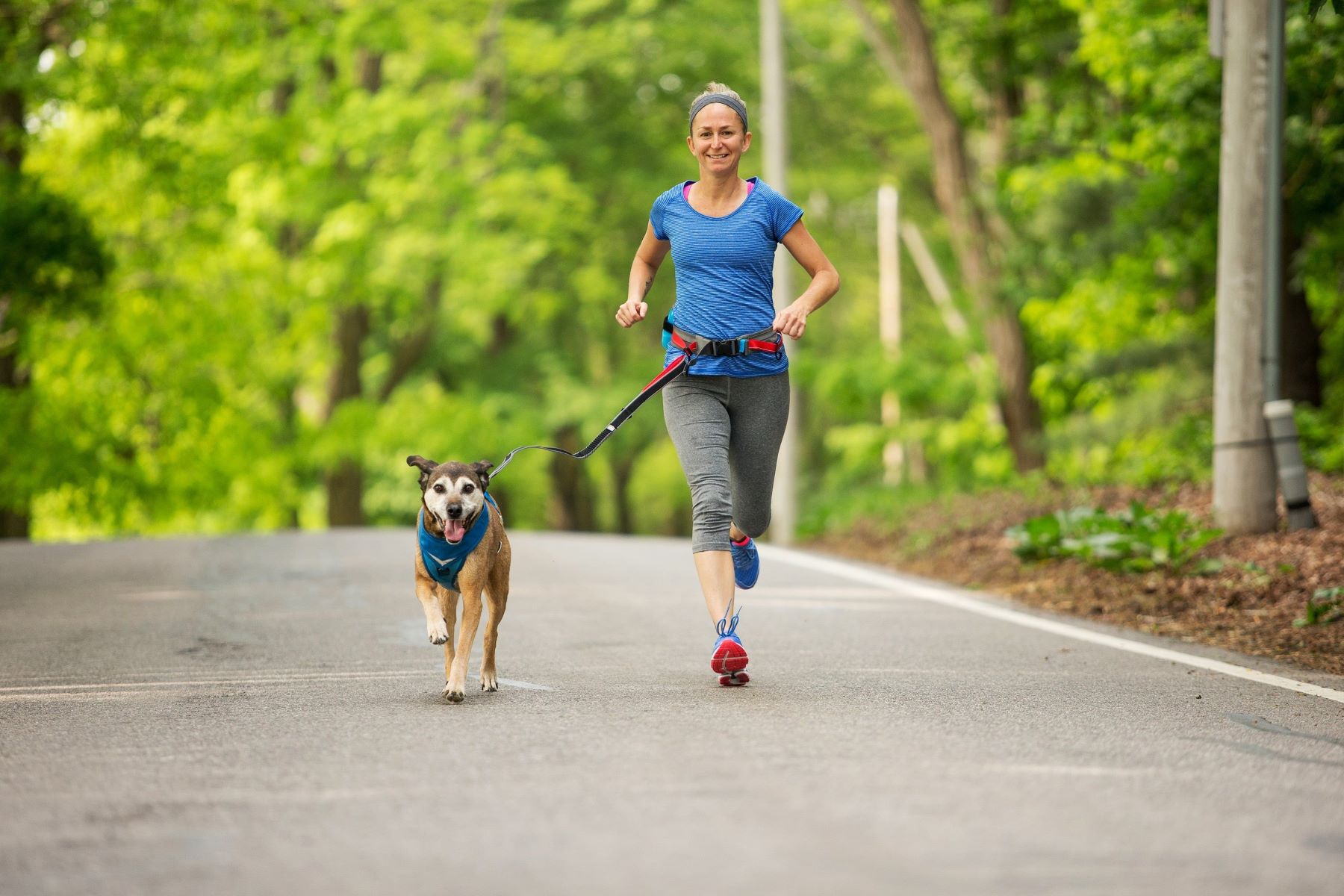

Training & Techniques
Proper Techniques For Running With A Dog Leash
Published: March 3, 2024
Learn effective training and techniques for running with a dog leash. Discover proper methods to enhance your running experience with your furry companion.
(Many of the links in this article redirect to a specific reviewed product. Your purchase of these products through affiliate links helps to generate commission for Therunningadvisor.com, at no extra cost. Learn more)
Table of Contents
Benefits of Running with Your Dog
Running with your dog can be an incredibly rewarding experience for both you and your furry companion. The benefits extend beyond physical exercise and can significantly enhance your bond with your pet. Here are some compelling reasons why incorporating your dog into your running routine can be advantageous:
-
Physical Fitness: Running is an excellent form of cardiovascular exercise for both humans and dogs. It helps to improve endurance, strengthen muscles, and maintain a healthy weight. By including your dog in your runs, you provide them with an opportunity to stay active and maintain their physical well-being.
-
Mental Stimulation: Dogs thrive on mental stimulation, and the sights, sounds, and scents encountered during a run can provide valuable enrichment. It can prevent boredom and alleviate behavioral issues that may arise from a lack of mental stimulation.
-
Bonding Time: Running with your dog creates a unique opportunity to strengthen your bond. The shared experience of exercise and exploration can deepen the connection between you and your pet, fostering trust and companionship.
-
Socialization: Regular runs with your dog can help them become more socialized and accustomed to various environments, people, and other animals. This exposure can contribute to their overall well-roundedness and confidence.
-
Motivation and Accountability: Dogs thrive on routine and are often eager to participate in activities with their owners. Having a running partner can provide you with the motivation and accountability to stick to your exercise regimen, as your dog will eagerly remind you of the daily run.
-
Emotional Well-being: Exercise, including running, is known to release endorphins, which can elevate mood and reduce stress. The companionship of your dog during a run can further enhance these positive effects, contributing to improved emotional well-being for both you and your pet.
Incorporating your dog into your running routine can be a fulfilling and mutually beneficial experience. It not only contributes to the physical health of both you and your pet but also nurtures a strong and enduring bond built on shared experiences and active companionship.
Choosing the Right Dog Leash for Running
Selecting the appropriate dog leash for running is crucial to ensure the safety and comfort of both you and your furry running companion. When it comes to choosing a leash specifically designed for running, there are several factors to consider:
Length and Material
The ideal leash for running should provide enough freedom of movement for your dog while maintaining control. Opt for a leash that is long enough to allow your dog to run comfortably beside you without feeling restricted, typically ranging from 4 to 6 feet in length. Additionally, consider the material of the leash. A durable, lightweight, and weather-resistant material, such as nylon or reflective material, can enhance both performance and visibility, especially during low-light conditions.
Hands-Free Options
Hands-free leashes, such as waist belts or harness systems, offer a convenient and secure way to run with your dog. These leashes allow you to maintain proper running form while keeping your hands free, promoting a more comfortable and natural running experience. Look for hands-free leashes with adjustable features to ensure a customized fit for both you and your dog.
Shock Absorption
For avid runners or those with larger or more energetic dogs, a leash with shock-absorbing properties can help minimize the impact of sudden movements or pulls. These leashes typically feature elastic materials or built-in bungee sections that act as a buffer, reducing strain on both you and your dog during the run.
Reflective Features
Safety should always be a top priority when running with your dog, especially during early morning or evening runs when visibility may be reduced. Leashes with reflective stitching or integrated reflective strips enhance visibility, making you and your dog more noticeable to others, such as cyclists, motorists, and pedestrians.
Comfort and Adjustability
Prioritize your dog's comfort by selecting a leash with padded handles or ergonomic designs that minimize strain on your hands during longer runs. Additionally, ensure that the leash is adjustable to accommodate variations in your dog's size and preferred running position.
By carefully considering these factors and selecting a leash that aligns with your dog's size, energy level, and your running style, you can enhance the overall running experience for both you and your canine companion. The right leash not only promotes safety and control but also contributes to a more enjoyable and harmonious running partnership.
Proper Holding and Grip Techniques
When it comes to running with a dog leash, mastering proper holding and grip techniques is essential for maintaining control, ensuring safety, and promoting a comfortable running experience for both you and your furry running partner. The way you hold the leash and engage with your dog during the run can significantly impact the overall dynamics of the activity. Here are some effective techniques to consider:
Maintain a Relaxed Grip
Avoid gripping the leash too tightly, as this can lead to discomfort and strain on your hands and arms. Instead, opt for a relaxed grip that allows for natural movement and flexibility. A gentle yet secure hold on the leash enables you to respond to your dog's movements while maintaining a sense of control.
Read more: Top 6 Dog Breeds For Running
Positioning of the Leash
Hold the leash with both hands, keeping them at a comfortable distance apart. This balanced positioning helps distribute the force evenly if your dog pulls or makes sudden movements. By maintaining a symmetrical grip, you can effectively manage any unexpected tugs or changes in direction without feeling off-balance.
Utilize a Waist Belt or Hands-Free System
Consider using a waist belt or a hands-free leash system that allows you to secure the leash around your waist or across your body. These innovative solutions provide a hands-free experience, enabling you to maintain proper running form while keeping your hands liberated. With the leash anchored to your waist, you can move more freely and comfortably, enhancing the overall running experience for both you and your dog.
Be Mindful of Tension
Pay attention to the tension in the leash as you run. Aim for a consistent and gentle tension that allows your dog to move naturally alongside you. Avoid sudden jerks or pulls on the leash, as these can disrupt your dog's rhythm and lead to discomfort. By maintaining a steady yet flexible tension, you can establish a harmonious running pace that accommodates both you and your dog.
Adapt to Your Dog's Movements
Remain attentive to your dog's cues and movements throughout the run. Anticipate changes in speed, direction, or behavior, and adjust your grip and posture accordingly. By staying attuned to your dog's signals, you can adapt your holding and grip techniques to ensure a seamless and enjoyable running experience for both of you.
Mastering proper holding and grip techniques while running with a dog leash is a fundamental aspect of fostering a positive and cooperative running partnership. By prioritizing comfort, control, and adaptability, you can elevate the running experience into a harmonious and enjoyable activity that strengthens the bond between you and your four-legged companion.
Read more: The Benefits And Techniques Of Running
Training Your Dog for Running with a Leash
Introducing your dog to running with a leash requires patience, consistency, and a structured training approach to ensure a smooth and enjoyable transition. Proper training not only promotes safety and control but also fosters a positive association between your dog and the running experience. Here's a comprehensive guide to effectively train your dog for running with a leash:
Establish a Foundation
Before embarking on runs with your dog, ensure that they have mastered basic obedience commands such as "sit," "stay," "heel," and "come." These commands form the foundation for effective leash training and enable you to communicate and guide your dog during runs. Practice these commands in various environments to reinforce their responsiveness and reliability.
Gradual Introduction to the Leash
Introduce the leash to your dog in a positive and non-threatening manner. Allow them to become familiar with the leash by associating it with pleasant experiences, such as playtime or receiving treats. Gradually attach the leash to your dog's collar or harness during short, relaxed walks to acclimate them to the sensation of being tethered.
Leash Walking Practice
Engage in regular leash walking sessions to accustom your dog to walking calmly and attentively by your side. Start in low-distraction environments and gradually progress to busier settings as your dog becomes more adept at maintaining focus and composure. Use positive reinforcement, such as treats and verbal praise, to reward desired behavior and encourage a consistent walking pace.
Read more: The Importance Of Proper Posture In Running
Incremental Running Introductions
Begin by incorporating short bursts of running into your walks, gradually increasing the duration and intensity over time. Monitor your dog's comfort and energy levels, ensuring that they exhibit enthusiasm and willingness to run alongside you. Maintain a steady pace and provide verbal encouragement to motivate your dog during these initial running segments.
Consistent Training and Feedback
Consistency is key to successful leash training. Dedicate regular training sessions to reinforce proper running behavior and leash etiquette. Offer constructive feedback through gentle corrections and positive reinforcement, emphasizing the desired running posture and responsiveness to commands. Consistent training builds confidence and reinforces the bond between you and your dog.
Adapt to Individual Needs
Recognize that each dog has unique abilities and limitations. Pay attention to your dog's physical condition, age, and breed characteristics when designing a running regimen. Adjust the pace, distance, and frequency of runs to accommodate your dog's individual needs and capabilities, ensuring a tailored approach that prioritizes their well-being.
By following these training guidelines and maintaining a patient, encouraging demeanor, you can effectively prepare your dog for running with a leash. Training not only enhances safety and control but also cultivates a harmonious and enjoyable running partnership, enriching the bond between you and your canine companion.
Safety Tips for Running with a Dog Leash
Running with your dog can be an exhilarating and fulfilling experience, but ensuring the safety of both you and your furry companion is paramount. Implementing the following safety tips can help mitigate potential risks and enhance the overall running experience for you and your dog:
1. Proper Warm-Up and Cool Down
Before commencing a run, engage in a brief warm-up routine to prepare your dog's muscles and joints for physical activity. Similarly, conclude the run with a gradual cool-down period to prevent abrupt stops, allowing your dog's body to transition back to a resting state.
2. Hydration and Rest Breaks
Maintain awareness of your dog's hydration needs, especially during warmer weather. Carry an adequate supply of water and offer regular rest breaks to allow your dog to rehydrate and recuperate. Be mindful of signs of fatigue or overheating, and adjust the pace and duration of the run accordingly.
3. Environmental Considerations
Take into account the running surface and environmental conditions. Avoid hot pavement or rough terrain that may cause discomfort or injury to your dog's paws. Additionally, be cautious of potential hazards such as sharp objects, toxic plants, or wildlife encounters during the run.
4. Leash Etiquette
Ensure that your dog's leash is securely fastened to their collar or harness to prevent accidental detachment. Maintain a consistent grip on the leash, and be mindful of potential entanglement hazards, particularly in densely populated or wooded areas.
5. Visibility and Identification
Incorporate reflective gear or accessories for both you and your dog, especially during low-light conditions. Additionally, ensure that your dog wears proper identification, such as a collar with tags or a microchip, in case of unexpected separation during the run.
6. Monitoring Physical Cues
Stay attuned to your dog's physical cues and behavior throughout the run. Watch for signs of discomfort, limping, or excessive panting, which may indicate fatigue or potential injury. Adjust the pace or cease the run if your dog displays any concerning symptoms.
7. Adherence to Local Regulations
Familiarize yourself with local leash laws and running regulations in your area. Respect designated leash requirements and exercise caution when navigating shared public spaces to ensure the safety and consideration of other pedestrians and animals.
8. Weather Awareness
Be mindful of weather conditions and their impact on your dog's well-being. Avoid running in extreme heat or inclement weather that may pose risks to your dog's health. Opt for cooler times of the day and seek shaded routes when running in warmer climates.
By integrating these safety measures into your running routine, you can prioritize the well-being and security of your dog while fostering a positive and enjoyable running experience. Implementing a proactive approach to safety not only safeguards your dog's physical health but also strengthens the bond of trust and companionship between you and your loyal running partner.

